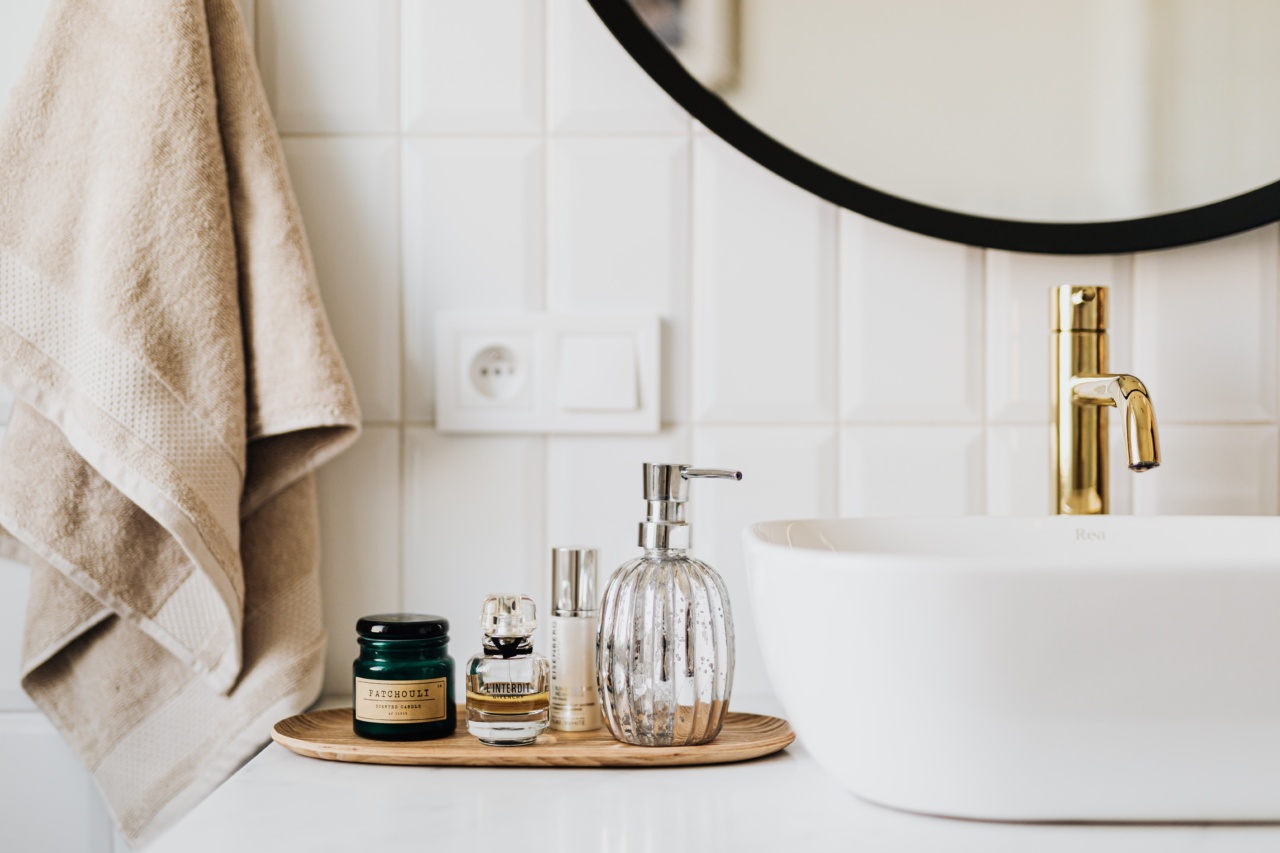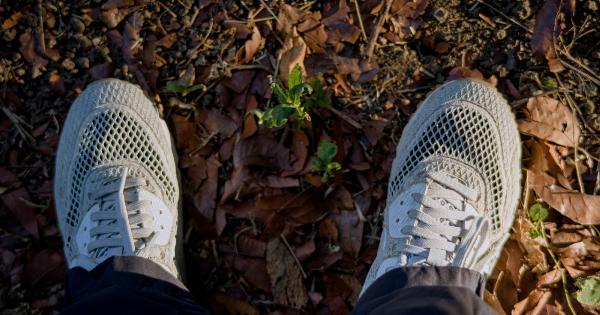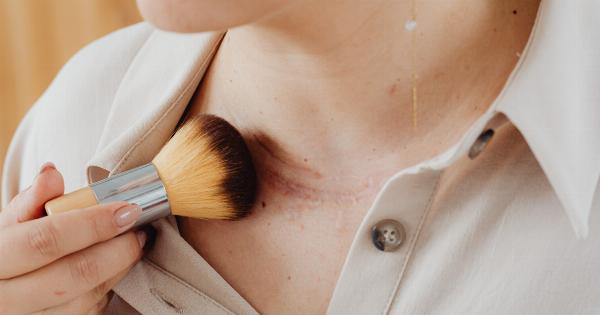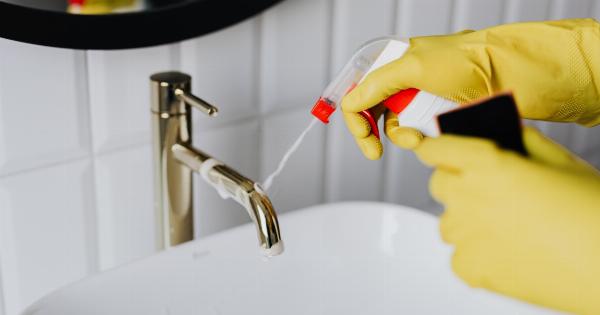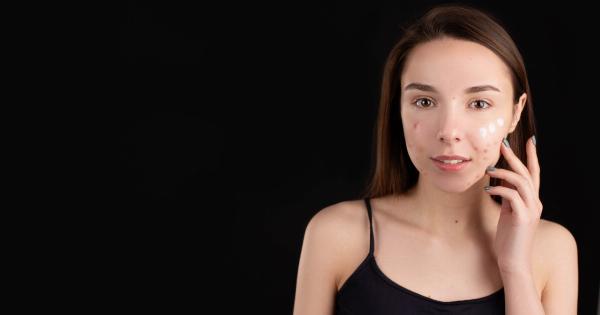Calluses are an uncomfortable and unsightly condition that occur when the skin thickens in response to repeated pressure or friction. They usually form on the feet, hands, or other parts of the body that are subjected to excessive pressure.
Fortunately, there are several simple and effective ways to treat calluses at home. In this article, we will discuss some of the most popular and effective methods that you can use to get relief from this painful condition.
What Are Calluses?
Calluses are thick, toughened areas of skin that develop in response to repetitive friction or pressure.
They are often found on the feet, especially on the heels and balls of the feet, but they can also develop on the hands, fingers, or other parts of the body.
Calluses form when the skin is subjected to excessive pressure or rubbing. This can occur due to activities such as running, walking, or standing for long periods of time.
Ill-fitting shoes or other footwear can also contribute to calluses, as can using hand tools or other items that require a strong grip.
Symptoms of Calluses
The symptoms of calluses can vary depending on the severity of the condition. Mild cases may cause no discomfort or pain, while more severe cases can be painful and interfere with daily activities.
Some of the most common symptoms of calluses include:.
- Thick, hard, or raised areas of skin
- Rough or dry skin
- Pain or tenderness when pressure is applied to the affected area
- Yellow or grayish coloration
Home Remedies for Calluses
There are several simple and effective home remedies that you can use to treat calluses. Here are some of the most popular methods:.
Soak in Warm Water
One of the easiest and most effective ways to treat calluses is to soak the affected area in warm water. This will help to soften the skin and make it easier to remove the callus.
To do this, fill a basin or tub with warm water and soak the affected area for 10-15 minutes. You can add a few drops of essential oil or Epsom salts to the water for added benefit.
After soaking, use a pumice stone or foot file to gently remove the callus. Be sure to dry the area thoroughly and apply a moisturizing lotion.
Use a Pumice Stone or Foot File
A pumice stone or foot file can be used to gently remove the dead skin from the affected area. This will help to smooth the skin and reduce the thickness of the callus.
To use a pumice stone or foot file, first soak the affected area in warm water for 10-15 minutes. Then, gently rub the stone or file over the callus in a circular motion.
Be careful not to apply too much pressure, as this can cause further damage to the skin.
After using the pumice stone or foot file, be sure to wash the area thoroughly and apply a moisturizing lotion.
Apply Salicylic Acid
Salicylic acid is a common ingredient in many over-the-counter callus treatments. It works by softening the skin and dissolving the dead skin cells that make up the callus.
To use salicylic acid, first apply a thin layer of petroleum jelly or lotion to the skin around the callus to protect it. Then, apply a small amount of the salicylic acid treatment directly to the callus.
Allow the treatment to sit on the callus for the recommended amount of time, usually 10-15 minutes. Then, rinse the area thoroughly and use a pumice stone or foot file to gently remove the dead skin cells.
After using the salicylic acid treatment, be sure to wash the area thoroughly and apply a moisturizing lotion.
Use Moisturizing Creams
Regularly moisturizing the affected area can help to reduce the severity and frequency of calluses. Moisturizing creams help to soften the skin and prevent it from drying out, which can lead to the formation of calluses.
To use a moisturizing cream, apply a small amount to the affected area and massage it in gently. Repeat this process at least once a day to keep the skin soft and supple.
Wear Proper Footwear
Wearing properly fitted shoes that fit well and provide adequate support and cushioning can help to prevent calluses from forming. Avoid shoes that are too tight or too loose, as these can cause friction and pressure on the skin.
It is also important to choose shoes that are designed for the activity you will be doing.
Athletic shoes with good support and cushioning are essential for activities such as running or walking, while work boots with steel toes and rigid soles are better for jobs that require heavy lifting or standing for long periods of time.
Use Orthotics or Padding
If you have a pre-existing foot condition that causes calluses, such as a bunion or hammertoes, using orthotics or padding can help to reduce the pressure and friction on the affected area.
Orthotics are custom-made shoe inserts that provide additional support and cushioning to the foot. Padding can be used to cushion specific areas of the foot that are prone to calluses, such as the ball of the foot or the arch.
When to Seek Medical Attention
In most cases, calluses can be treated at home using the methods described above. However, if you have a callus that is causing severe pain or discomfort, or if it is not responding to home treatments, you should seek medical attention.
Your doctor may recommend additional treatments, such as prescription-strength salicylic acid or surgical removal of the callus.
Conclusion
Calluses can be a painful and unsightly condition, but they can be effectively treated using simple and affordable home remedies.
Soak the affected area in warm water, use a pumice stone or foot file to gently remove the dead skin, and apply moisturizing creams regularly to keep the skin soft and supple.
By following these simple steps, you can get relief from calluses and prevent them from recurring in the future.
